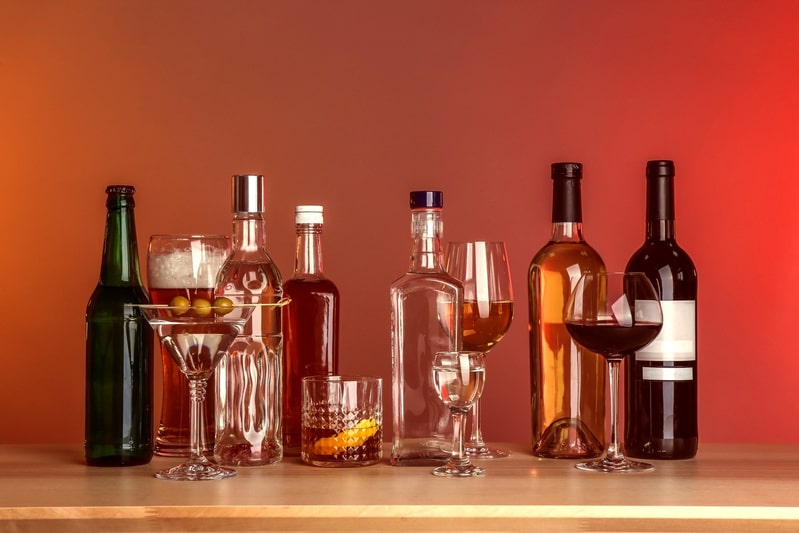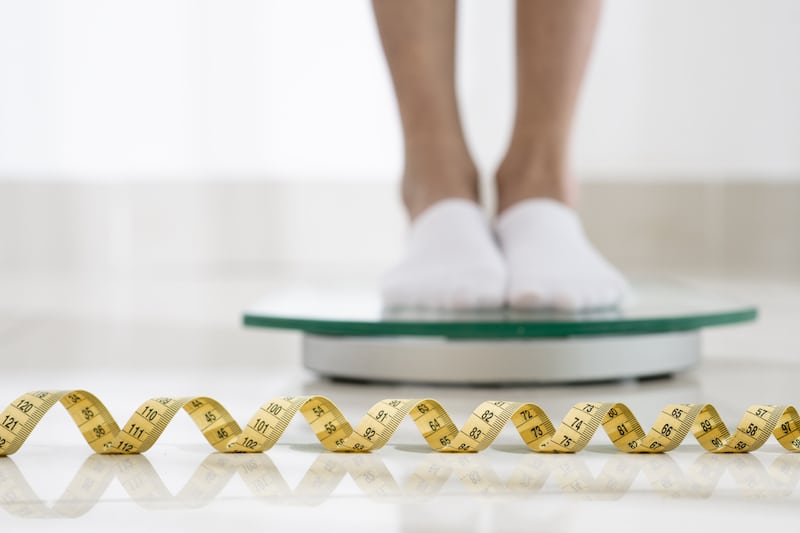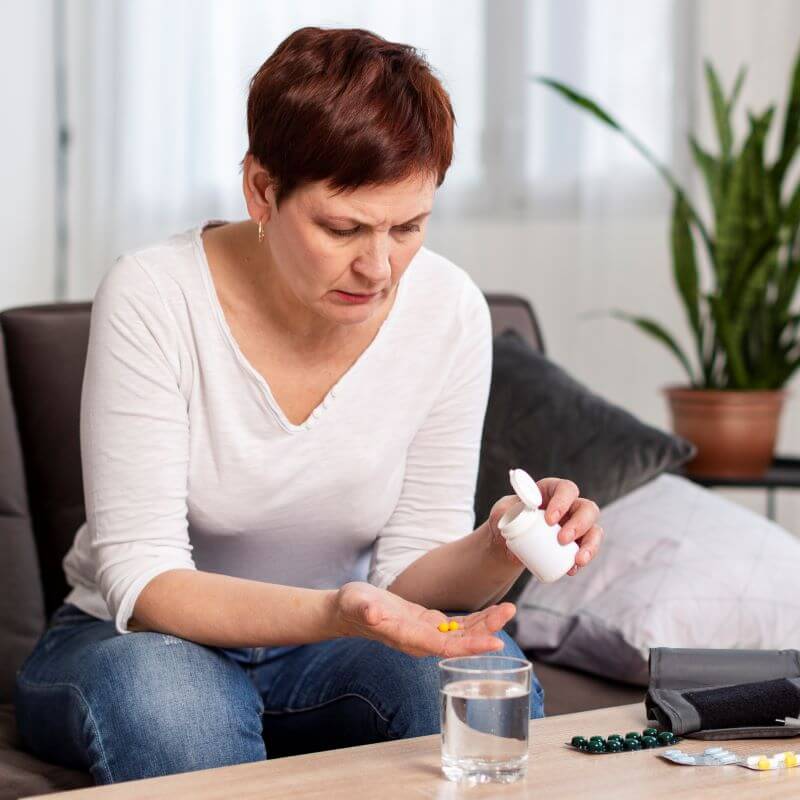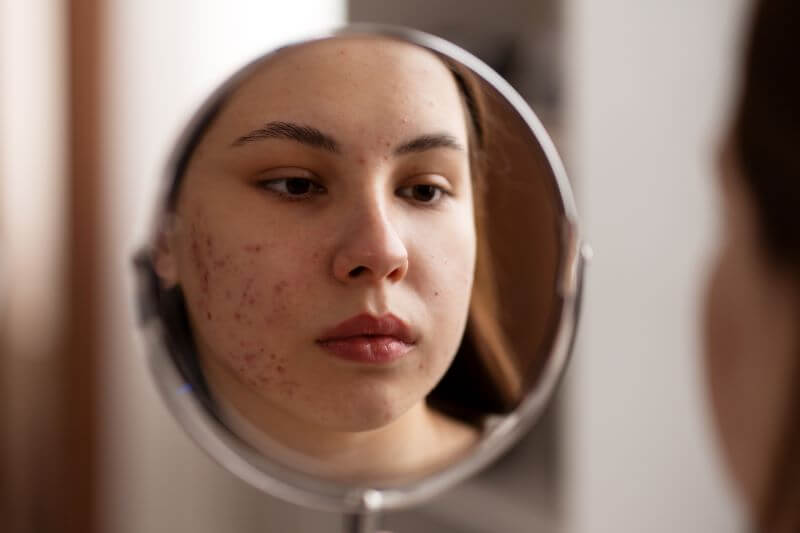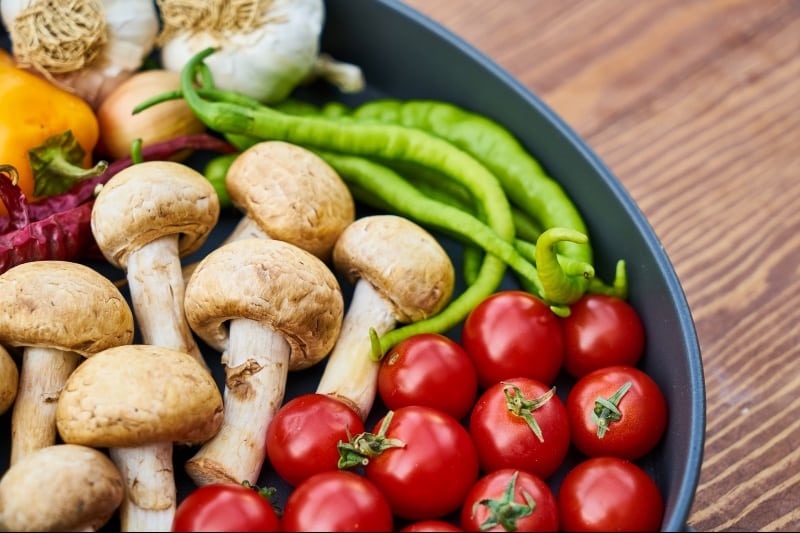During holidays or gatherings with friends, alcoholic beverages frequently make an appearance. Have you ever considered their impact on your caloric intake? Some alcoholic drinks are significantly more caloric than others, and regular consumption can really add up on the scale. So, cocktails or beer? Wine or liqueurs? Here’s a handy ranking of the most calorie-dense alcoholic beverages.
Pure alcohol (ethanol) is quite high in calories: it contains 7 kcal per gram, which is nearly as high as fats (9 kcal per gram) and considerably more than carbohydrates or proteins (4 kcal per gram). Additionally, many alcoholic drinks, such as cocktails, often include sweet ingredients that further increase their caloric content.
Unlike solid foods, alcohol does not provide a feeling of fullness. This makes it easy to drink several servings without realizing it, leading to the addition of hundreds of calories to your daily intake. However, remember that excessive alcohol consumption can be detrimental to your health, so it should be enjoyed in moderation.
Ranking of The Most Caloric Alcoholic Beverages
1. Sweet Liqueurs: A Liquid Dessert
Liqueurs like Bailey’s, Grand Marnier, or Amaretto contain high amounts of sugar along with alcohol. A standard serving of 50 ml of liqueur can contribute 140 to 180 kcal—equivalent to a small croissant!
2. Cocktails: Watch Out For The Mixes
Due to their composition, cocktails rank among the most caloric alcoholic drinks. For instance:
- A Pina Colada (150 ml): approximately 300 kcal, due to cream of coconut and rum.
- A Mojito: about 215 kcal, because of the added sugar.
- A Margarita: around 200 kcal, thanks to syrup and triple sec.
These beverages combine alcohol with quick sugars, forming a challenging duo for your waistline.
3. Whisky and Its Relatives
Whisky, rum, cognac, and even gin are strong liquors typically containing 40% alcohol. A standard shot (30 ml) offers about 70 to 100 kcal. However, be cautious: if these spirits are consumed in “long drinks” (mixed with sodas), the calorie count can quickly rise.
4. Wine and Beer: Variable Calories
Both red and white wines contain about 100 to 125 kcal per 150 ml serving, depending on the type. Sweet and fortified wines can even reach up to 150 kcal per glass.
Regarding beer, a pint (500 ml) of standard lager has about 200 kcal, but craft beers or higher-alcohol varieties may exceed 300 kcal. This is where the notorious “beer belly” originates!
5. Champagne: A Lower Calorie Choice
With approximately 80 kcal for a 100 ml flute, champagne is one of the lower-calorie alcoholic options. However, be cautious about excesses during celebrations!
What Are The Health Impacts Of These Calories?
A Caloric Intake That May Promote Weight Gain
The calories provided by alcohol are considered “empty calories.” They lack any essential nutrients, unlike calories from foods rich in fiber, protein, or vitamins. Excessive intake can thus lead to weight gain without providing nutritional benefits.
Health Risks
Beyond weight gain, regular and excessive alcohol consumption may lead to:
- Digestive and liver disorders (such as alcoholic fatty liver).
- An increased risk of cardiovascular diseases.
- Deficiencies in vitamins and minerals.
How To Limit The Caloric Impact Of Alcohol?
Opt For Lower Calorie Beverages
- Avoid overly sweet cocktails and liqueurs.
- Alternate between a glass of water and an alcoholic drink.
- Choose smaller servings (half-glass or standard wine glass).
- Alcohol should be consumed in moderation; excessive consumption is hazardous to health.
To protect your health and figure, focus on moderate consumption. Finally, always remember that water remains the best beverage, your number one ally for optimal hydration without any calories.
IMPORTANT TO KNOW
Why Isn’t Pastis The Most Caloric Alcohol?
Pastis, the iconic anise-flavored drink from southern France, is often viewed as caloric. However, when consumed traditionally, its calorie content is moderate.
A standard serving of pastis is generally 2.5 cl, diluted with water to achieve a total volume of around 12.5 cl. This preparation results in approximately 68 kcal per glass, which is lower than a flute of champagne (75 kcal) or a glass of white wine (80 kcal). Moreover, the dilution with water increases the drink’s volume without adding extra calories.

